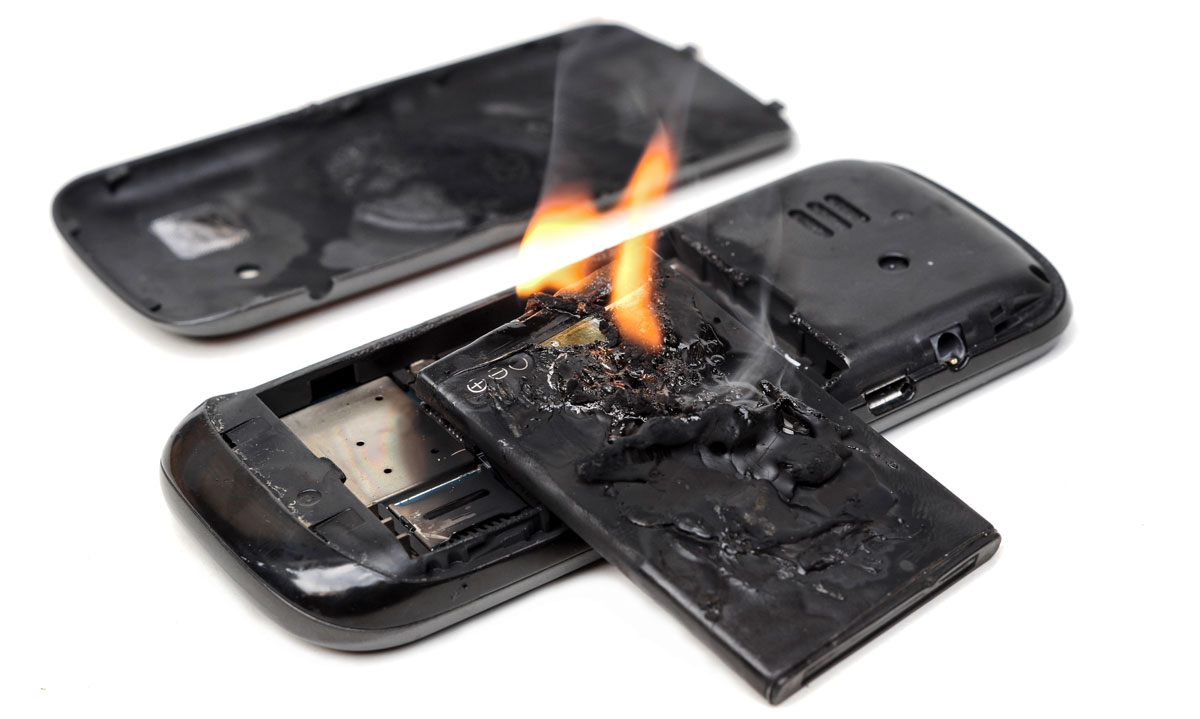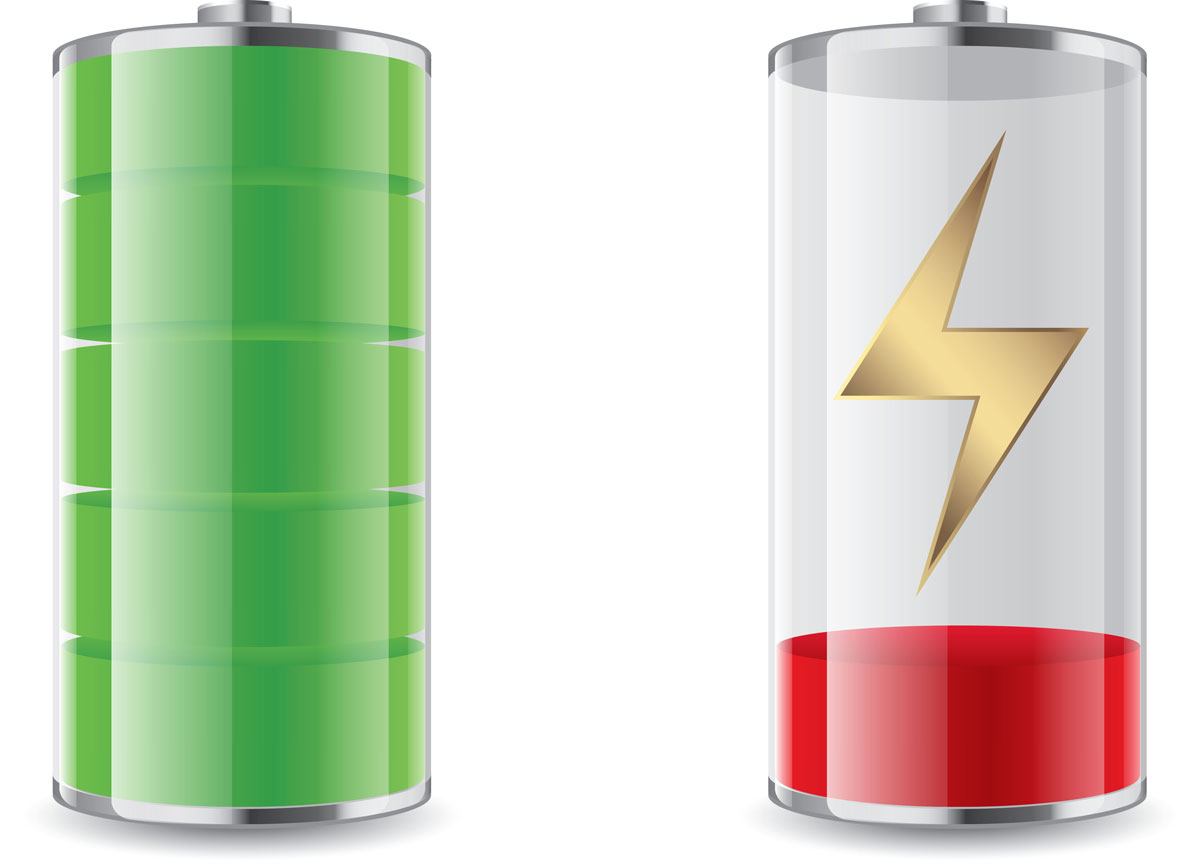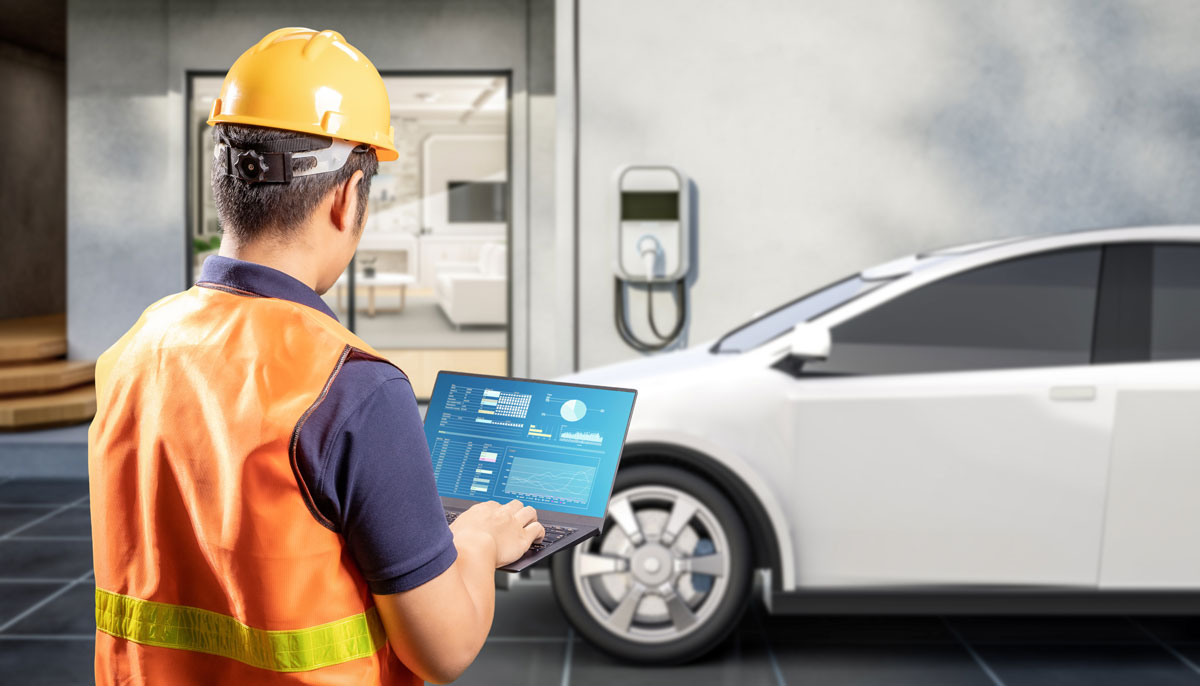
What Are the Challenges of Using Lithium-Ion Batteries?
While lithium-ion batteries offer numerous advantages and have become the preferred choice for many applications, they also come with some challenges that manufacturers and users must manage. Cost, safety concerns, aging, temperature sensitivity, charging limitations, environmental impact, and limited resource availability are some drawbacks associated with lithium-ion batteries. But through continued research and innovations, companies improve their processes making these hurdles a thing of the past!
1. Cost
Lithium-ion batteries are typically more expensive to manufacture than other types of batteries. The high cost of raw materials and the complexity of the production process add significantly to the expense. On some scale, this happens in all industries. It’s often cheaper to continue to produce using the current system rather than change the process, find new customers, and convert existing customers.
Bloomberg NEF reports that while demand for stationary storage and electric vehicle batteries is growing at a 50% year-over-year rate, the cost to manufacture lithium-ion battery packs fell 14% from 2022 to 2023. Furthermore, Bloomberg NEF anticipates that, “Technological innovation and manufacturing improvement should drive further declines in battery pack prices in the coming years, to $113/kWh in 2025 and $80/kWh in 2030.” This would represent over a 40% price reduction from 2023-2030.

2. Safety Concerns
We cannot ignore the safety concerns associated with lithium-ion batteries. The 2019 Nobel Laureat Akira Yoshino conducted his 1986 safety testing in a “facility designed for testing explosive devices.” He proved that lithium-ion batteries could be safe for widespread use. Strict adherence to manufacturing protocols and quality controls help ensure modern lithium-ion batteries are safe throughout their lifespan. Regulations also play a critical safety role. All types of hazardous material are transported by plane, train, ship, or motor vehicle and are subject to regulations. While this can increase the cost and complexity of these logistics, regulations are a vital part of ensuring consumer confidence.

3. Aging
Battery aging is the term used to describe a variety of complex, non-linear functions that result in the degraded ability of a battery to charge and discharge. It’s important to know that all batteries are subject to aging, not just lithium-ion batteries. However, because of the tremendous upside in energy density and performance, anti-aging battery research continues to be a growing field of investment. Even some cell phone companies have created a dashboard to help improve the consumer experience.

4. Temperature Sensitivity
Lithium-ion batteries are sensitive to extreme temperatures. High temperatures can accelerate aging and increase the risk of thermal runaway, while low temperatures can reduce performance and the battery's ability to deliver high power.

5. Charging Limitations
While lithium-ion batteries can charge faster than many alternatives, they still require careful management during charging. Users should avoid overcharging, which can affect their longevity and safety. Charging should be controlled to ensure that the battery's voltage and current remain within safe limits.
Improving Battery Management Systems (BMS) ensure modern lithium-ion batteries are discharged and recharged within safe operating parameters. Right now, researchers at Idaho National Laboratories are combining their Inline Rapid Impedance Spectroscopy (iRIS) technology with pattern recognition AI to create an even more capable BMS.

6. Environmental Impact
While they contain fewer toxic metals than some battery types, lithium-ion batteries still pose environmental risks. The extraction of lithium, cobalt, and nickel used in their construction has environmental can have impacts such as water pollution and ecological disruption. Yet many of the companies at the forefront of commercial lithium-ion battery development, do so from a position of environmental stewardship. Sustainability is in their DNA. And they remain committed to responsibly consuming the earth’s resources and reusing and recycling to the maximum extent possible.

7. Limited Resource Availability
The materials required for lithium-ion batteries, such as lithium and cobalt, in their present form are limited and sourced from a few geographical locations. In the past, the increasing demand for these materials has created supply bottlenecks and price volatility, hindering the scalability of technologies that depend on these batteries. Yet the growing field of battery recycling shows great promise.
Despite their widespread adoption and significant benefits, lithium-ion batteries come with some drawbacks that must be addressed through technological advancements, improved safety standards, and better recycling and manufacturing processes. These challenges underscore the importance of ongoing research and development in the quest for safer, more efficient, and environmentally friendly energy storage solutions.
The calendering process in the lithium-ion battery manufacturing is where Kadant’s roll cleaning technology improves production and the end product. The VeriLite™ roll cleaner assembly is a unique, compact, continuous roll cleaner to keep the calender rolls free of contaminates called the. Check out the article, “Kadant Solutions Plays a Critical Role in Lithium-ion Battery Production,” to learn more about our role in lithium-ion battery manufacturing.
Resources
- Lithium-Ion Battery Pack Prices Hit Record Low of $139/kWh. (2023, November 26) Bloomberg NEF.
- Hatch, C. (2023, October 30). Pairing artificial intelligence with award-winning battery health measurement technology. Idaho National Laboratory.
- What Causes Thermal Runaway? | UL Research Institutes. (n.d.). Ul.org.
- Lithium-Ion Battery. (2020). Clean Energy Institute; University of Washington.
Related Articles
Tagged with
Author
Share
Let’s Connect
Connect with Kadant Solutions Division on LinkedIn to learn more about our employees, products, and services.
